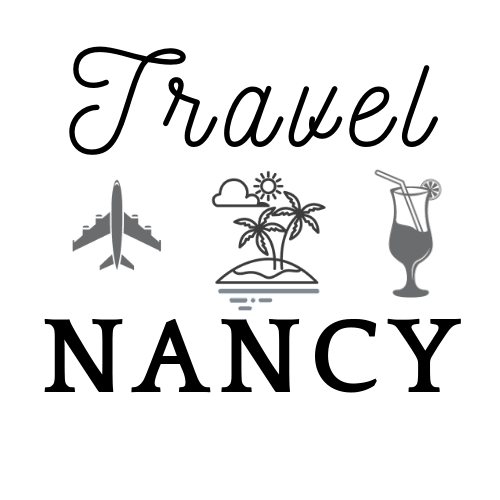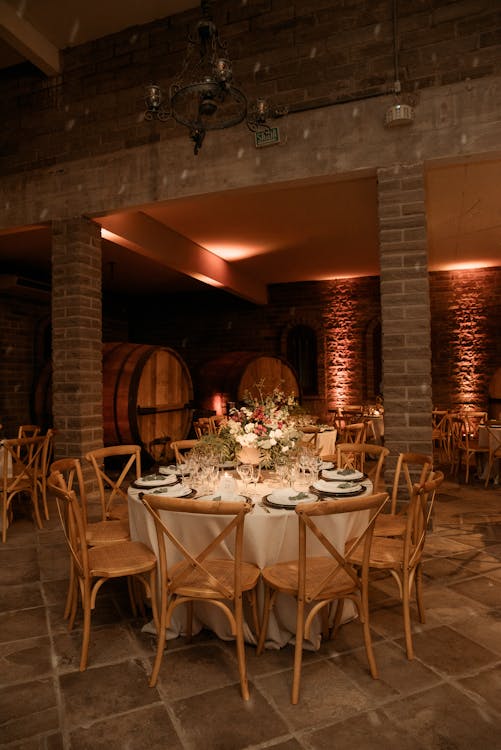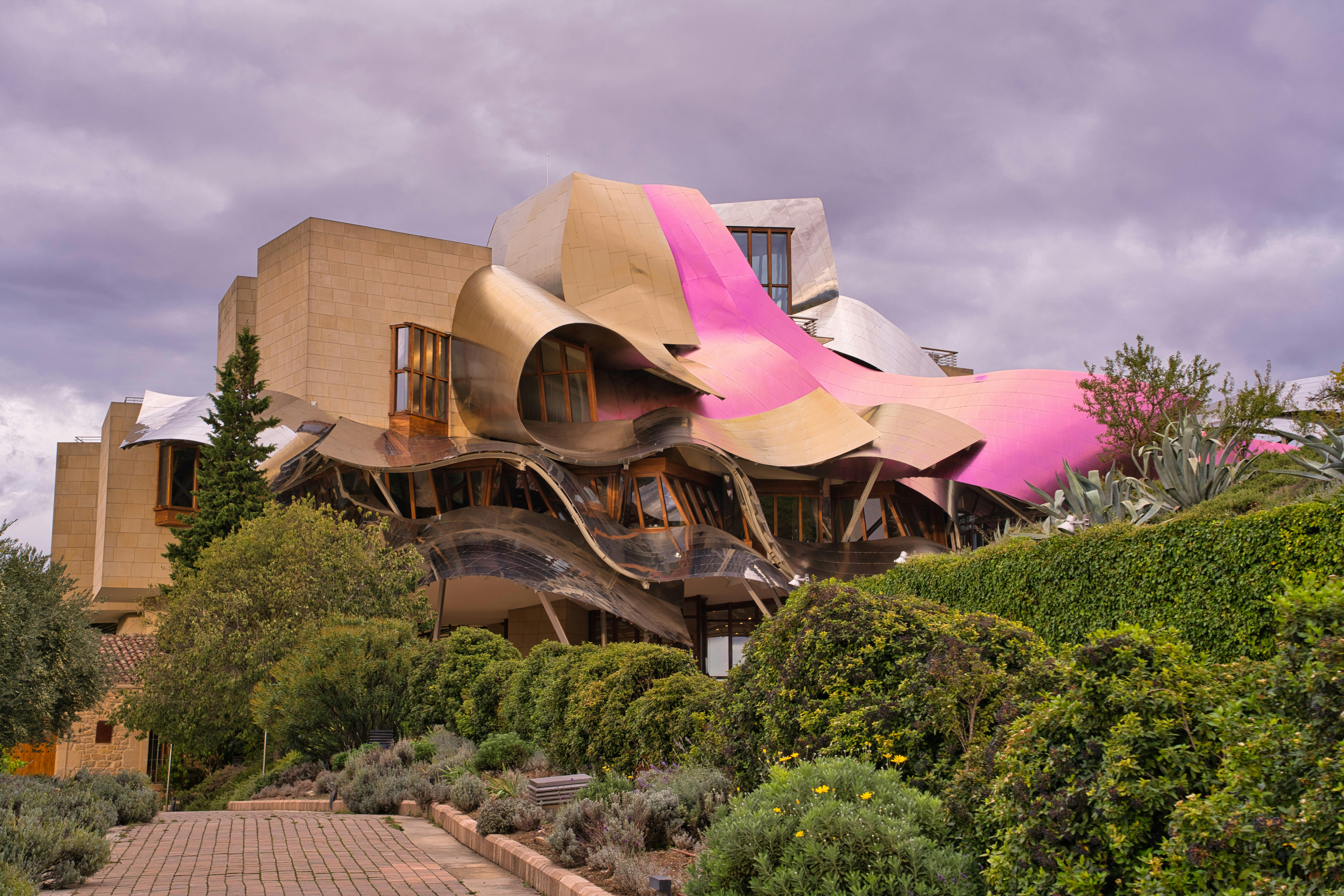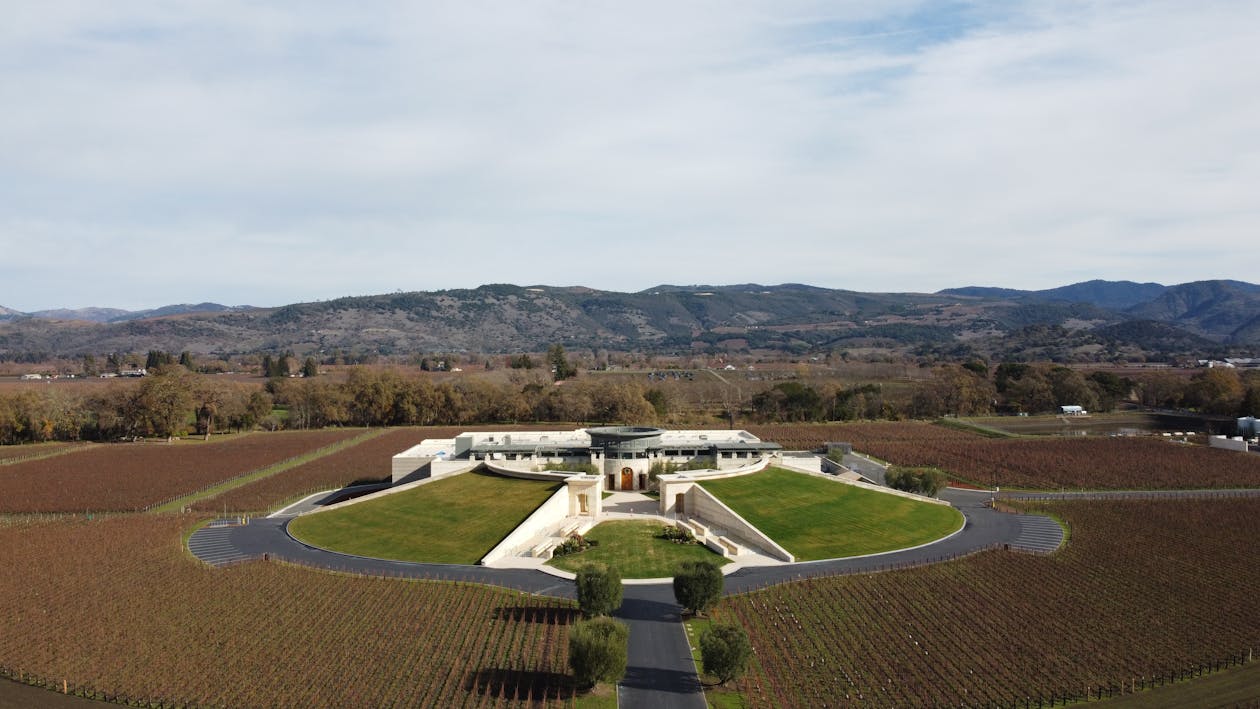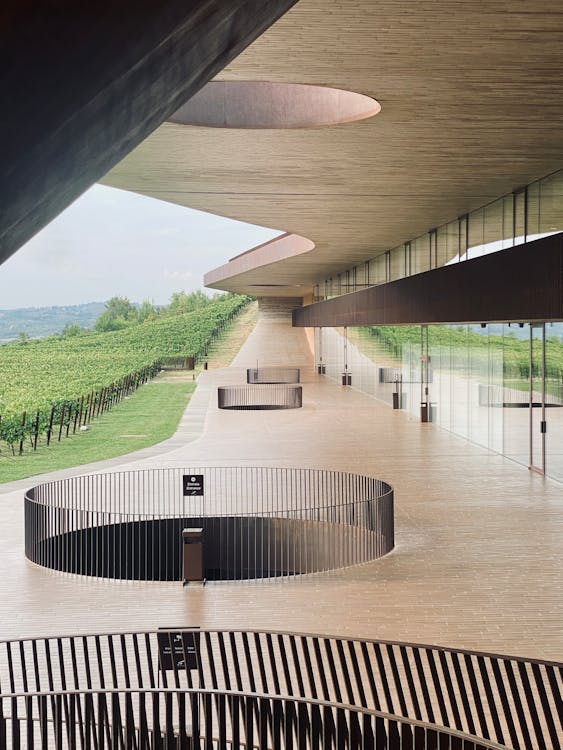Architecture is more than just buildings. It’s a living, breathing story of human creativity, cultural identity, and historical evolution. Each structure tells a tale of its time, whispering secrets of civilizations past and present. For the true architecture enthusiast, travel isn’t just about seeing new places, it’s about experiencing the world through its most magnificent constructed wonders. In this ultimate guide, we’ll take you on a global tour of 10 destinations that will make every architecture lover’s heart skip a beat. From ancient wonders to modern masterpieces, these locations promise to inspire, educate, and transform your understanding of built environments.
Barcelona, Spain: Gaudí’s Architectural Wonderland

Why It’s a Must-Visit
- Breathtaking works by Antoni Gaudí, including Sagrada Familia and Park Güell
- Unique blend of Art Nouveau and organic architectural styles
- UNESCO World Heritage Sites scattered throughout the city
Travel Tips
- Best time to visit: April-May or September-October
- Purchase skip-the-line tickets for major attractions
- Take a guided architectural walking tour to understand the deeper stories behind the designs
Dubai, United Arab Emirates: Modern Architectural Marvels
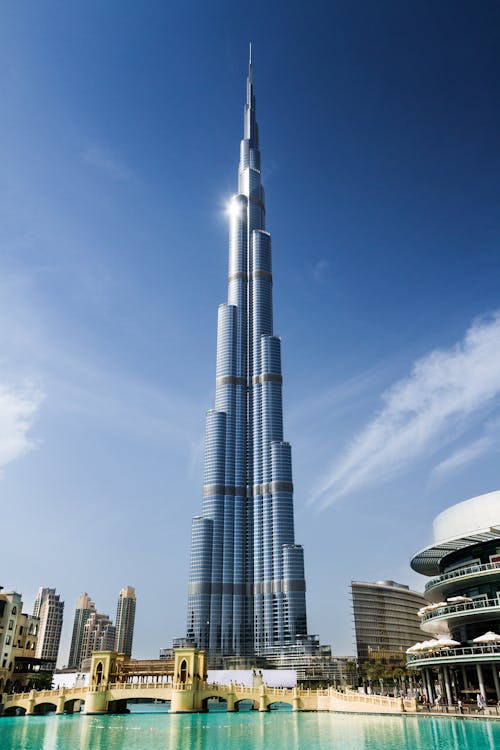
Architectural Highlights
- Burj Khalifa: World’s tallest building
- Palm Jumeirah: Incredible man-made island
- Futuristic skyline that defies traditional architectural boundaries
Insider Advice
- Visit during winter months (November-March) for comfortable temperatures
- Book observation deck tickets in advance
- Consider an architectural boat tour to see the city’s skyline from multiple perspectives
Rome, Italy: Living Architectural Museum
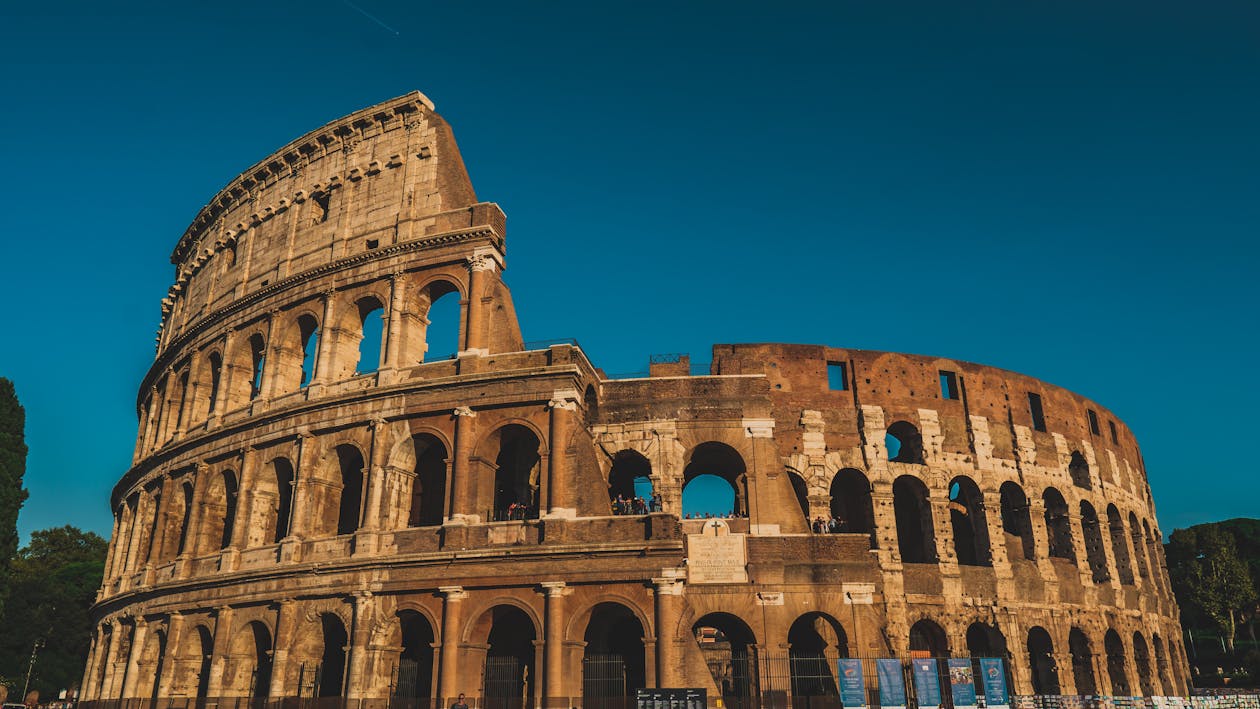
Historical Architectural Treasures
- Colosseum: Ancient engineering wonders
- Pantheon: Perfect example of Roman architectural innovation
- Vatican City: Renaissance and Baroque architectural masterpieces
Traveler’s Notes
- Best visited in spring or autumn to avoid peak tourist season
- Purchase Roma Pass for architectural site access
- Join specialized architectural history tours
Chicago, USA: Birthplace of Modern Skyscraper Architecture

Architectural Significance
- Home to Frank Lloyd Wright’s most iconic works
- World-renowned Chicago School of Architecture
- Mix of historic and ultra-modern architectural styles
Exploration Tips
- Take the famous Chicago Architecture River Cruise
- Visit during summer for outdoor architectural walking tours
- Explore Frank Lloyd Wright’s home and studio in nearby Oak Park
Petra, Jordan: Ancient Architectural Wonder

Historical Wonders
- Rock-cut architecture dating back to 300 B.C.
- Incredible preservation of Nabataean architectural techniques
- Carved directly into rose-colored rock formations
Visiting Recommendations
- Best visited in spring or fall
- Hire a local guide to understand intricate architectural details
- Plan for at least two full days of exploration
Tokyo, Japan: Fusion of Traditional and Futuristic Design
![]()
Architectural Diversity
- Traditional temples alongside cutting-edge modern structures
- Minimalist design philosophies
- Innovative use of space and technology
Travel Insights
- Visit during cherry blossom season for added beauty
- Take architectural photography tours
- Explore both historic districts and modern neighborhoods
Brasília, Brazil: Oscar Niemeyer’s Modernist Playground

Architectural Highlights
- Entire city designed as a modernist architectural experiment
- Sweeping curves and innovative governmental building designs
- UNESCO World Heritage Site
Exploration Tips
- Best visited during dry season (May-September)
- Join specialized architectural tours
- Photograph the unique governmental buildings
Venice, Italy: Architectural Time Capsule
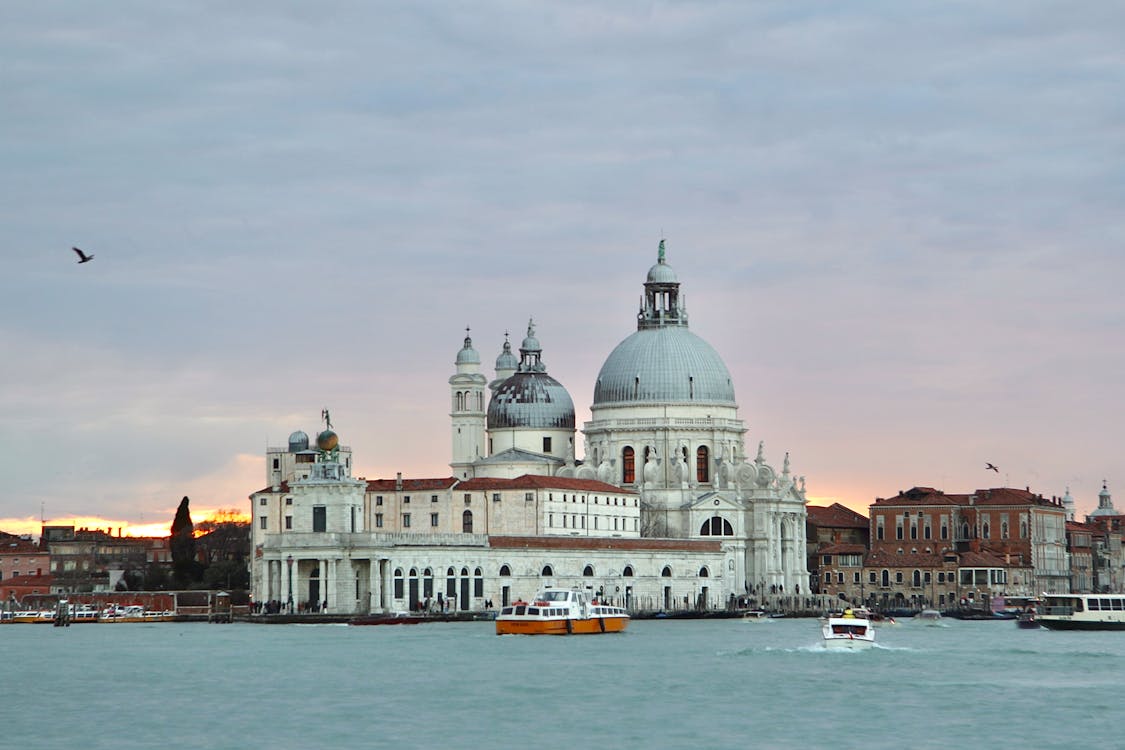
Unique Architectural Elements
- Byzantine and Gothic architectural influences
- Centuries-old palazzos and churches
- Unique canal-based urban design
Visitor Recommendations
- Visit during shoulder seasons (April-May or September-October)
- Take a specialized architecture and history walking tour
- Explore lesser-known architectural gems beyond main tourist areas
Singapore: Sustainable Urban Architectural Innovation

Architectural Highlights
- Futuristic green architecture
- Marina Bay Sands
- Gardens by the Bay: Architectural and botanical marvel
Travel Advice
- Year-round destination with consistent temperatures
- Take night tours to see illuminated architectural designs
- Visit during Singapore Architecture Festival for special events
Prague, Czech Republic: European Architectural Diversity

Architectural Treasures
- Perfect preservation of multiple architectural styles
- Gothic, Baroque, Renaissance, and Art Nouveau designs
- Incredible castle complex
Exploration Tips
- Best visited in spring or early autumn
- Join specialized architectural walking tours
- Purchase Prague Card for site access
Conclusion: Your Architectural Journey Begins
These destinations represent more than just travel spots. They are living, breathing museums of human creativity and innovation. Each location offers a unique perspective on how we design, live, and interact with our built environments.
- Subscribe to our blog for more architectural travel insights
- Share your favorite architectural destinations in the comments
- Follow us on social media for daily architectural inspiration
